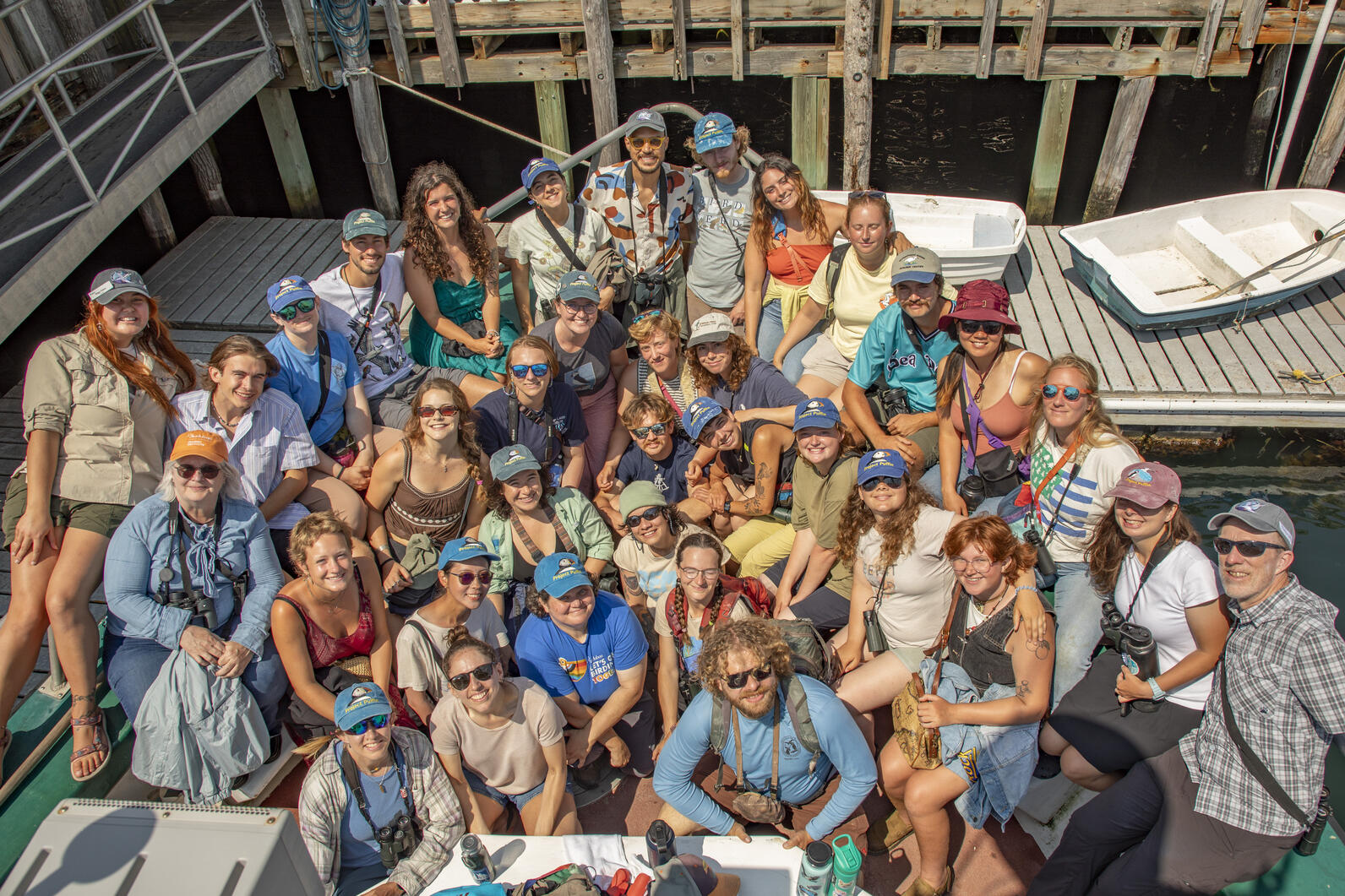
Like clockwork, in early to mid-August, Gulf of Maine seabirds depart from their nesting colonies to embark on their migratory journeys. As the skies grow quiet, the seabird scientists that spend their summers safeguarding these islands also prepare for their next adventure. As the season concludes, the annual Use It Up Challenge encourages the teams to flex their culinary creativity and bring less food back to the mainland. Along with final bird counts, data proofing, and vegetation management, researchers also begin to disassemble bird blinds, data and research tents, and stage items for the final challenge of the season, Quickest Egress. While smaller islands tend to have an advantage for speed, judges for this challenge are focused on efficiency. Who won? Stay tuned to find out next week!
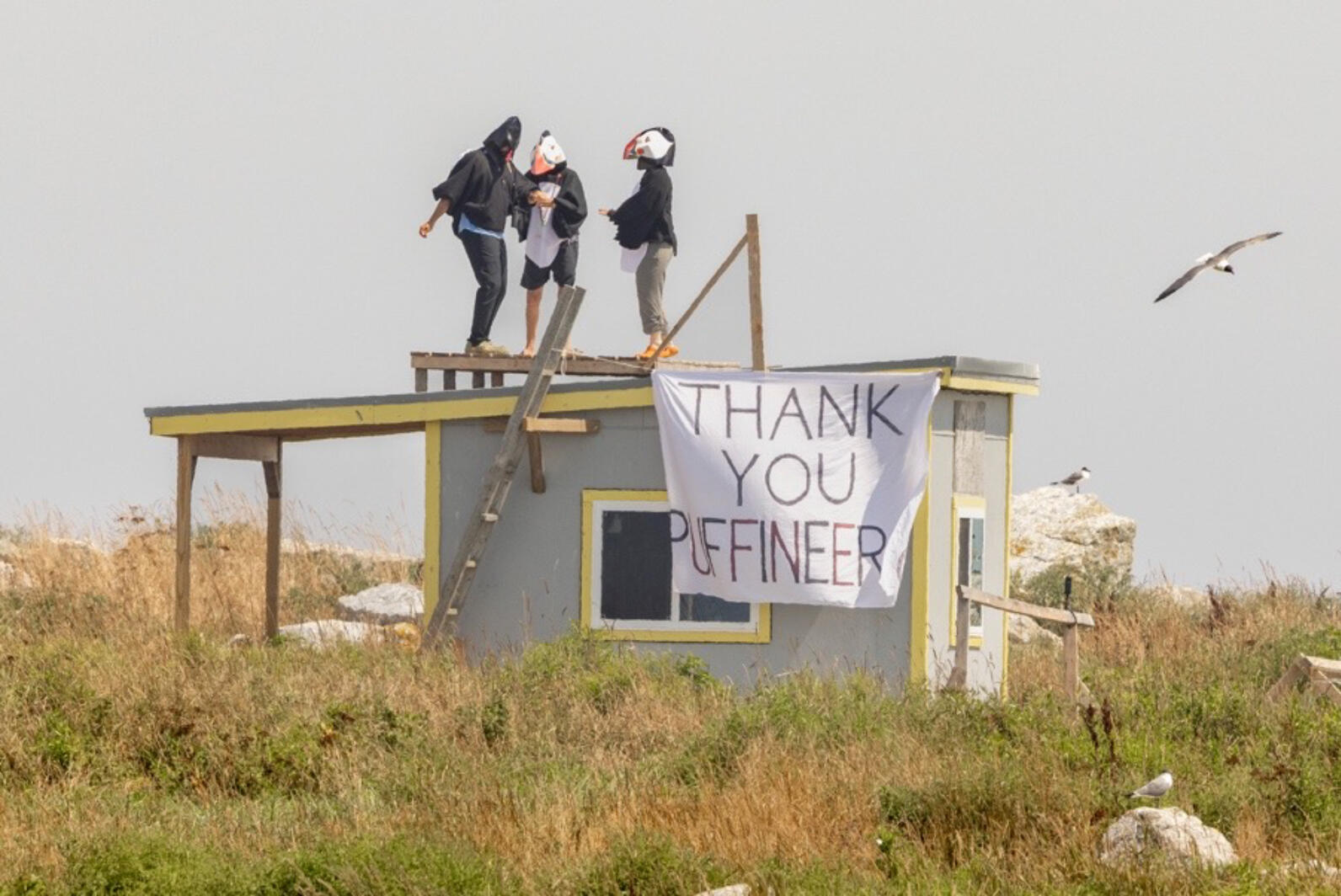
Island Introductions
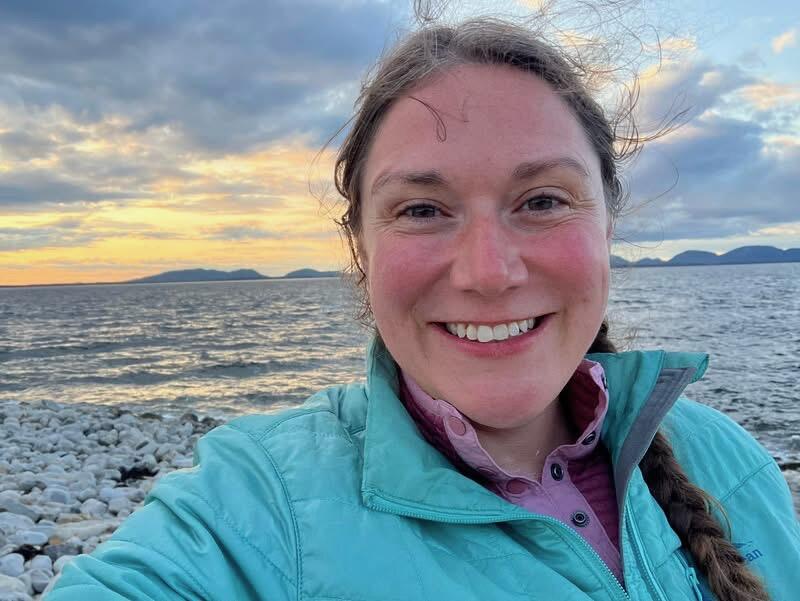
Where do they come from, and where do they go? She's not thinking about Cotton-eyed Joe, but Leach’s Storm-Petrels. Oregon State University doctoral student, Jackie Matthews seeks to answer these questions. A lesser-known bird within the Seabird Institute, Jackie’s research across the islands this season focused on finding where these birds live and factors influencing their migratory patterns. Following in the footsteps of former puffineers, she’s determined to increase stewardship of these birds.
“I love waiting for the storm-petrel colony to come to life after sunset. Like a kid waiting for fireworks, I wait in the dark hoping. You know they are there, but you’re unsure where the next one will be. Soon they are singing and purring and flying by, and you realize you were never alone at all.”
2025 Herz Fellows
Through the Herz International Seabird Fellowship, the Seabird Institute has provided on-the-ground training for fellows from across the globe since 2003. The Seabird Institute hosted three Herz Fellows this summer, allowing them to learn about seabird conservation, restoration, and management techniques and take this knowledge to projects in their home countries.
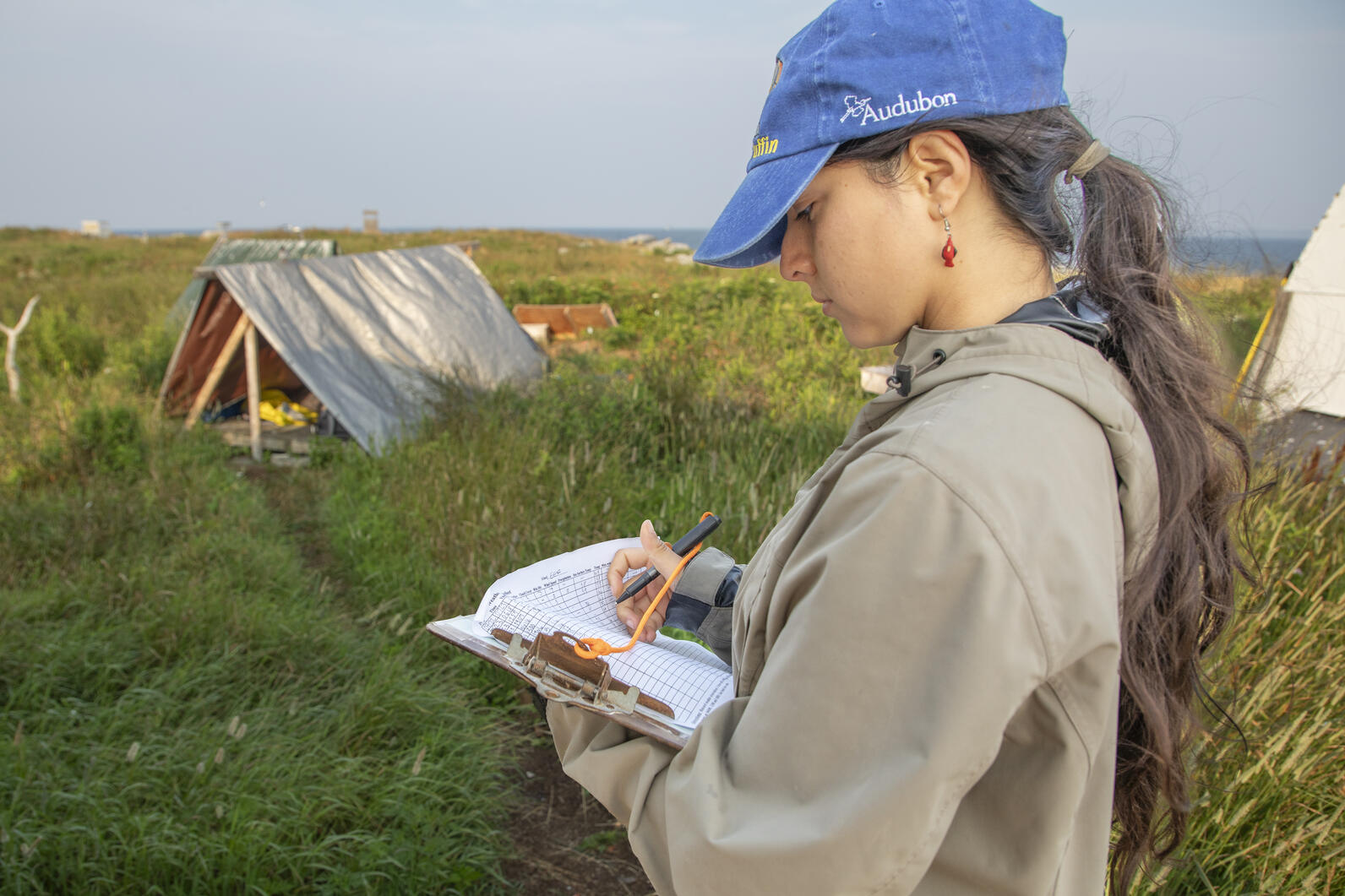
Hailing from Ecuador, Dominique Quirola’s goal was to bring back seabird restoration techniques to benefit her home country. Having worked on every seabird island and handled a variety of birds, she’s gained a strong understanding of seabird influence on coastal ecosystems. “Every day offered something new. Project Puffin has given me more than just skills; it has provided me with a broader perspective on seabird conservation that I will carry on around the world.”
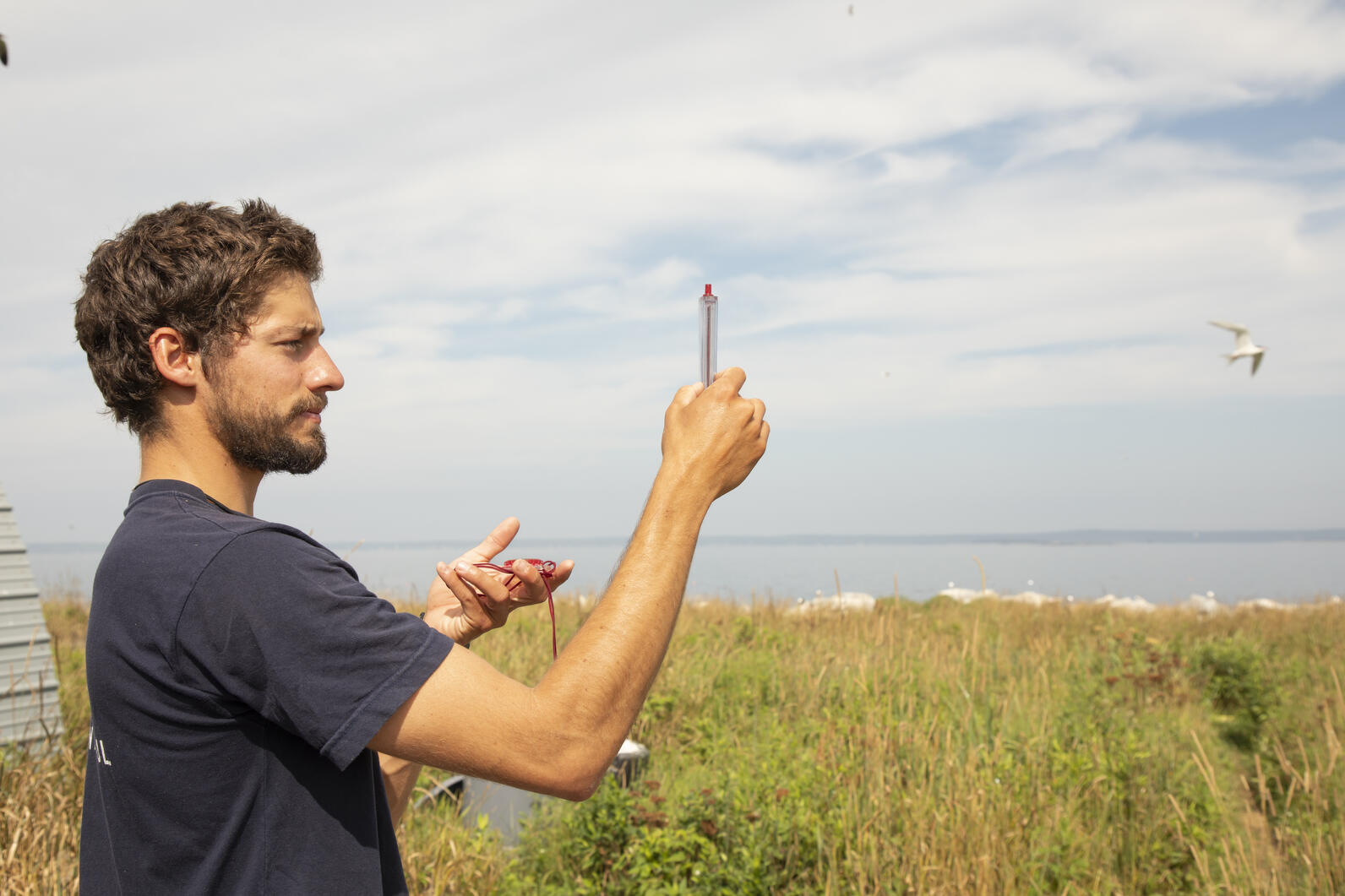
Affiliated with NGO Fundación Rewilding Argentina, Tomás Tamagno expanded his island management skills as much as his team-building skills. Working across all the islands, each with a different crew and atmosphere, he learned new approaches to conservation tools. “This experience broadened my knowledge of ecology in island environments, something I know will help me contribute to conservation systems in Argentina.”
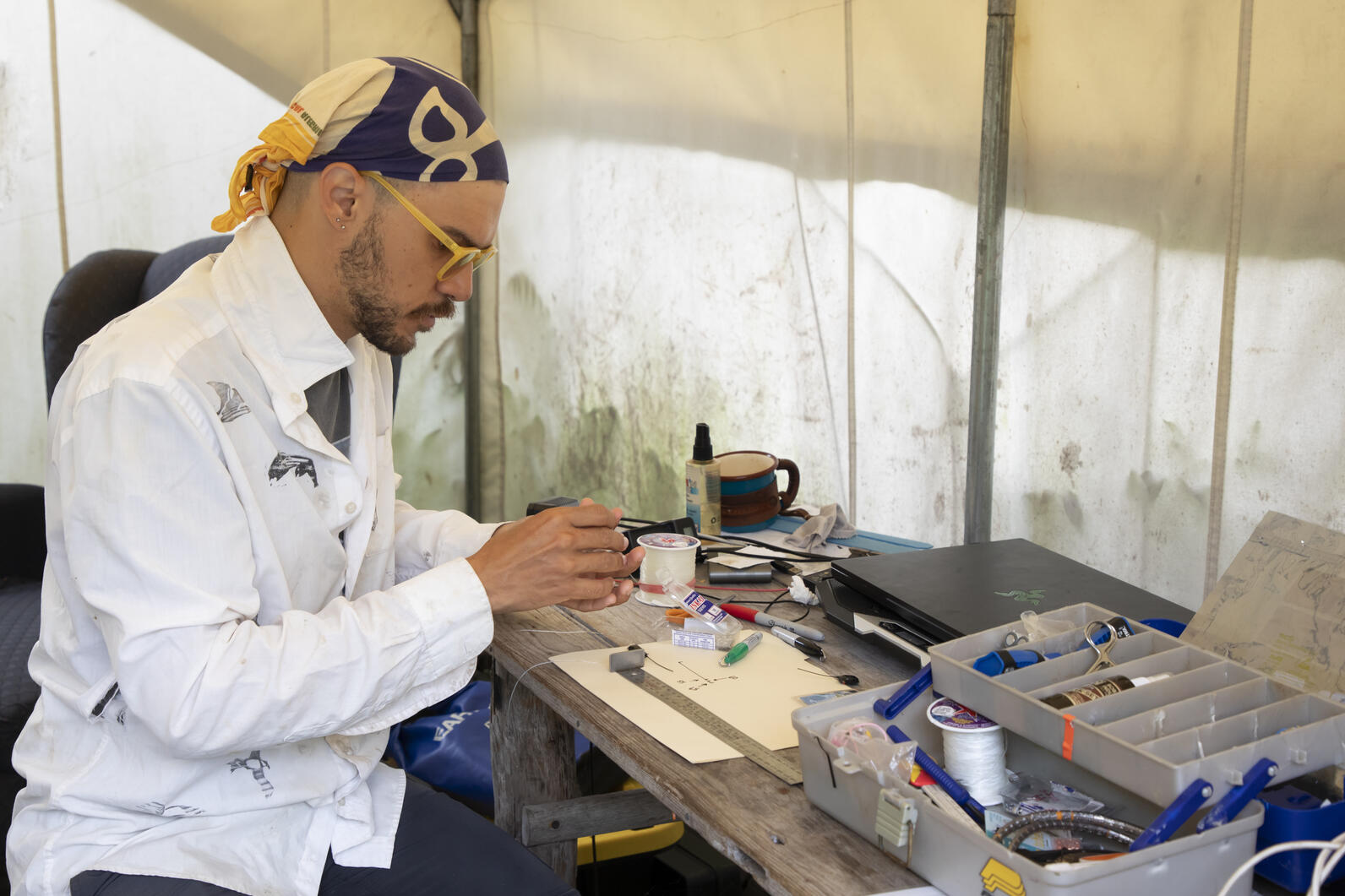
It’s all about the technique for Rafael Revoredo, who joined the Seabird Institute for a second year. A doctoral student with the Federal University of Rio Grande do Norte, Rafael worked primarily to establish GPS devices to track seabirds during their migration. Acting as an independent researcher within the project, he enjoyed a blend of self-starting and collaboration. Among his most meaningful memories from the fellowship was accessing, in high resolution, the data from the first Roseate Tern in Maine that was tagged in Brazil. “Even though it was just one bird, finding it again on Stratton Island provided valuable insights into the species’ movements.”







